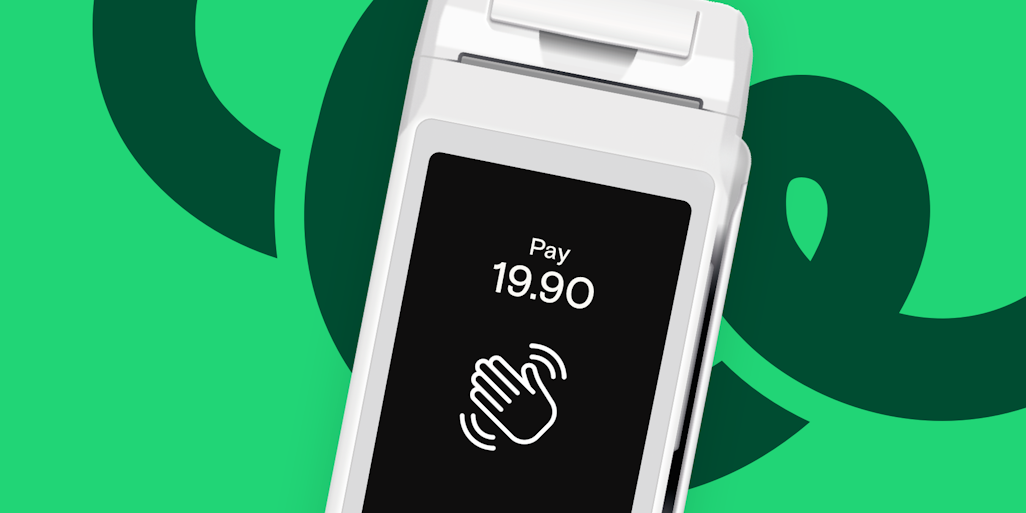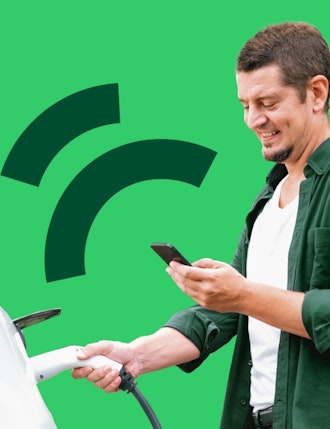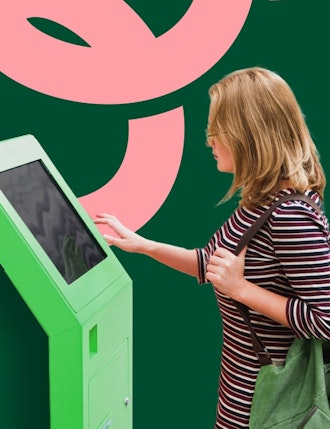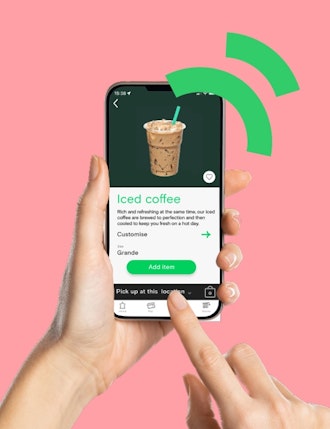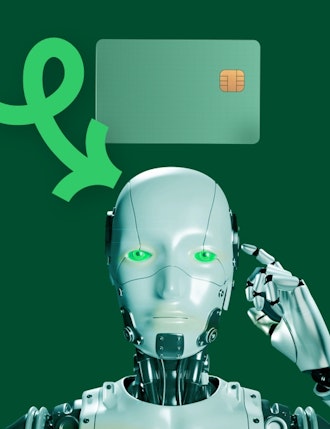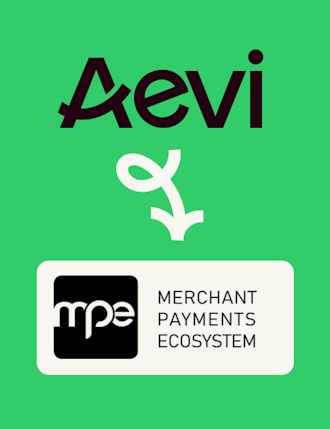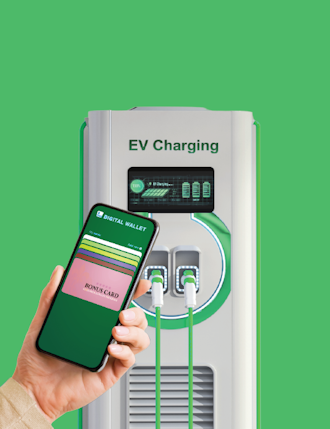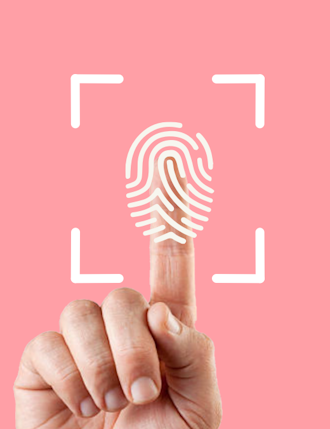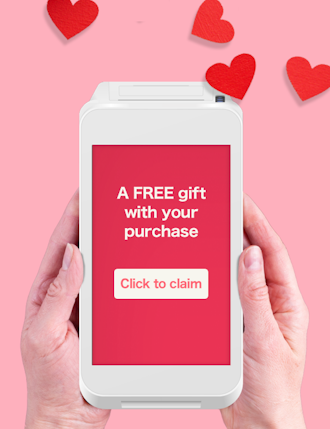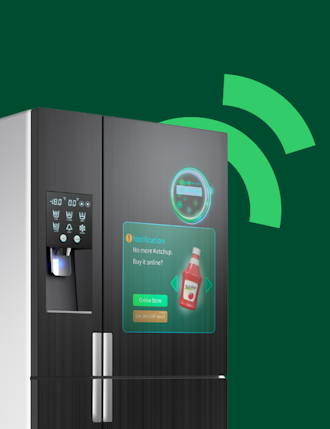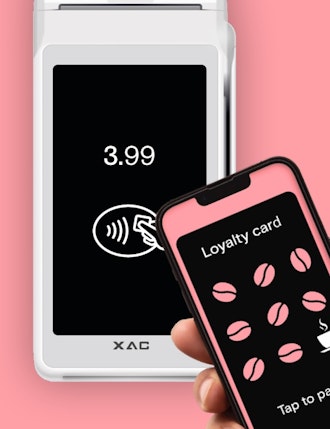One of the key challenges the payments industry has faced in recent years has been ensuring that payment security keeps pace with payment technology. In a world where customers prize convenience and speed, how do payment service providers and the merchants that use them ensure that safety works hand in hand with high quality customer experience?
Biometric authentication is already used by the likes of ApplePay and GooglePay, but new innovations are taking highly personalised security mechanisms to the next level, and are likely to shape the future of payment technology used by businesses, and the payment experience enjoyed by customers.
The future of payments lays in your palm
Amazon is taking the idea of biometric identification to the next level with its Pay By Palm technology from Amazon One. This enables users to pay with a simple scan of their palm, rather than their card or smartphone.
According to Amazon, palm payment is secure and can’t be replicated as the technology looks at the palm and its underlying vein structure to create unique “palm signatures” for each customer. This palm signature is associated with a numerical vector representation and is securely stored in the AWS cloud. Apparently, it’s the safest biometric to use as you can’t identify a person by it. In addition to this, the system also uses liveness detection. This is to prevent spoofing with a fake palm that could replicate a human one and therefore be used to make fraudulent payments.
Users simply hover their palm over an Amazon One device to pay, with their unique biometric details linked to their Amazon Prime account. It’s already in 200 Whole Food and Amazon Fresh stores in the US, and is set to be in 500 by the end of the year.
Waving is the new tapping - gesture based payments
Gesture based payments are another new trend coming into the payments ecosystem. The technology relies on cameras or motion sensors detecting a motion and then using computer software to interpret these gestures. This means that a simple hand wave can begin a payment transaction.
This is a technology that offers merchants the opportunity to provide shopping experiences that are highly novel but also intuitive, creating an extremely low friction buying experience. In a physical store, customers could simply point at the desired objects or browse and buy from a digital catalogue or menu on screen then collect in store. This gives retailers the opportunity to create hybrid shopping experiences that combine the choice of digital purchasing with the immediacy and immersiveness offered by in store experiences.
A further advantage of this technology is that it is totally contact free so during another Covid like event, or in an environment where zero contact is desirable, such as a hospital, this type of payment method would be extremely desirable.
Whilst gesture based payment is in its infancy, some significant businesses are already exploring this. Google filed a patent for a gesture based payment system in 2011.
What do these technologies mean for merchant businesses?
When it comes to Pay By Palm, this isn’t just restricted to Whole Foods and Amazon Fresh stores. Merchants and SMEs are already using it in the US – whether to verify age or to bring up loyalty account information and pay for goods.
Yet, whilst it is being used a little, it’s not something that’s becoming ubiquitous right now or that consumers are demanding from retailers. But it may well be in the future.
As far as gesture based payment systems are concerned, other than Pay By Palm there is currently no deployment of this technology, but with the fintech space moving fast this could change quickly.
Payment method integration made simple with orchestration
As new payment methods become available and grow into mainstream consumer consciousness, businesses need to be aware of them and understand how to bring them into their payment infrastructure.
A payment platform with effective payment orchestration is essential. Payment orchestration is the means of integrating and managing the end-to-end payment process. It connects different payment service providers (PSPs), acquirers and banks on a single unified software layer. And it’s vital to connect all stakeholders, whether merchants, acquirers, payment processors, providers of alternative payment methods and also providers of data management solutions.
With platform agnostic payment orchestration you can connect to alternative payment providers quickly and seamlessly through APIs. This means you can bring new payment methods into your infrastructure whilst still using the same payment platform, regardless of the payment type and provider.
Merchants that were once only focused on card payments, can now integrate the likes of ApplePay into their payment infrastructure via their payment orchestration platform. And once the technology for Pay by Palm, or other gesture based payment systems, becomes more readily available the same can be done for this new technology. The only consideration here may be a change in the physical payment infrastructure that businesses use, so that they can integrate systems that allow for palm based or gesture based payment options.
It all comes down to being agile enough to respond to new trends in payment technology and consumer desire.
Beyond payments - innovative ways this technology can be used
What’s really interesting about Pay by Palm technology is that it isn’t just focused on making payments. Remember, it’s a biometric authentication as opposed to an actual payment device.
To pay for something it needs to be linked to a customer’s account and payment details. But that also means it has the potential to be linked to other things. One of these is your identity and age, meaning it can be used for age verification, for example when buying alcohol – and it’s already being put to this use in Coors Field in Colorado, home of the Colorado Rockies baseball team. Pay By Palm can also be linked to customer accounts for loyalty programmes and tied into your CRM systems. This enables you to enhance your customer experience at the point of sale (POS).
Gesture based systems would also need to be account linked and therefore would allow for the same kind of implementations as Pay By Palm, again allowing merchants to streamline processes like customer verification and loyalty reward allocation.
Getting your business ready
Yes, the technology isn’t omnipresent yet, and there are privacy concerns being talked about currently, but these technologies have the potential to make a lasting change on the payment landscape. What your business should do right now is watch this space and understand the evolving consumer desire to use it. It will be very interesting to see what happens when it becomes more popular in the US, and then in Europe.
In terms of technology decisions you need to make now, it’s all about ensuring you have the right payment orchestration capabilities in place. If you do, you can respond to new payment methods quickly and efficiently.
Discover more about our Aevi platform and its platform agnostic payment orchestration capabilities.
